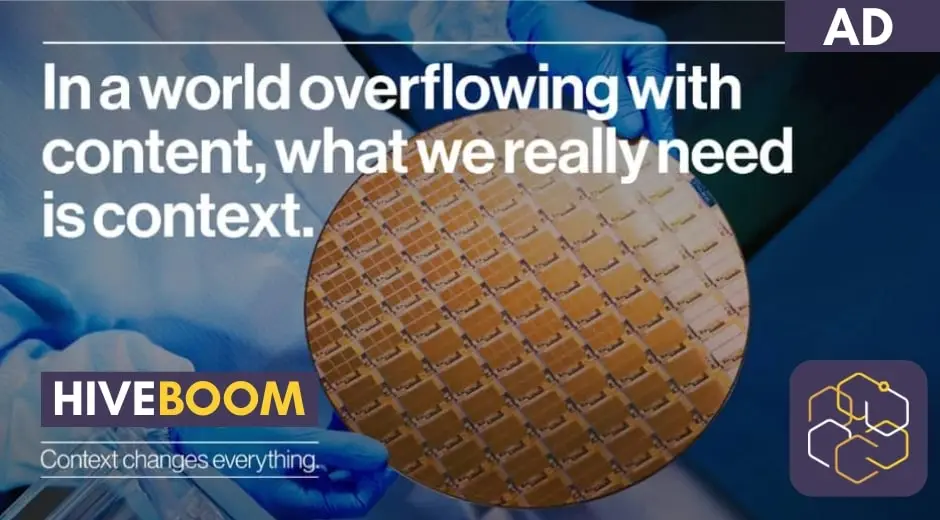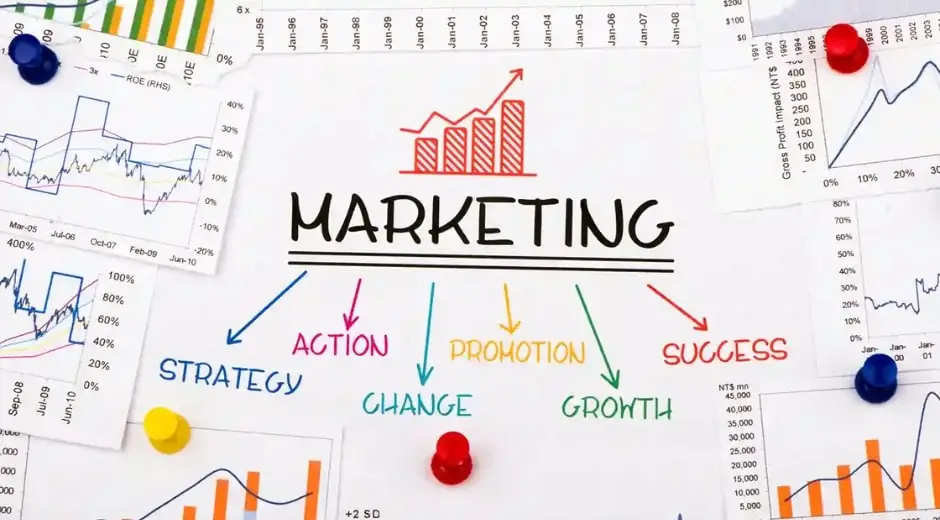Antimarketing: 7 Bold Strategies Challenging Traditional Marketing in 2025
In a world oversaturated with ads, pop-ups, and flashy campaigns, traditional marketing often struggles to capture attention. Enter antimarketing — a strategy that intentionally breaks conventional norms, focuses on authenticity, and leverages subtlety to engage audiences.
Rather than pushing products aggressively, antimarketing prioritizes trust, transparency, and real connection. It’s gaining traction in 2025 as consumers crave genuine experiences over curated messaging. This article explores seven ways antimarketing is reshaping the business landscape, providing actionable insights for brands and entrepreneurs.
1. The Rise of Anti-Advertising
Antimarketing often begins with rejecting conventional advertising formats. Bold brands are choosing silence or minimal messaging instead of bombarding consumers with slogans.
How It Works:
Minimalist campaigns that focus on storytelling instead of product features.
Social campaigns highlighting flaws or challenges rather than perfect solutions.
Marketing that feels personal and human rather than transactional.
Example:
Brands like Patagonia and Everlane emphasize sustainability and transparency over aggressive promotions, allowing the product and values to speak for themselves.
Impact:
Anti-advertising fosters trust and authenticity — critical traits for 2025’s increasingly skeptical consumer base.
2. Embracing Transparency
Transparency is at the heart of antimarketing. Brands openly share both successes and failures, creating a narrative that consumers can relate to.
Key Practices:
Disclose sourcing, manufacturing, and business practices.
Admit mistakes or setbacks instead of glossing over them.
Highlight product limitations honestly to manage expectations.
Benefit:
This builds credibility and strengthens brand loyalty. Customers are more likely to trust brands that communicate openly and authentically.
3. Focus on Community Engagement
Rather than targeting individuals with aggressive ads, antimarketing emphasizes community-building and user-centric approaches.
Strategies:
Create spaces for user feedback and peer interaction.
Encourage user-generated content rather than scripted campaigns.
Support causes or initiatives that resonate with your audience.
Example:
Local coffee brands that host community events or spotlight local artists foster loyalty through shared values rather than aggressive promotions.
Internal Link Integration:
For insights on leveraging tech and trends to amplify community-driven strategies, check out AutoShiftWise, which explores how innovation can create authentic connections with audiences.
4. Minimalism and Subtle Messaging
In 2025, subtlety is powerful. Brands embracing antimarketing often use understated messaging that feels organic rather than intrusive.
Techniques:
Clean visual designs with minimal text.
Campaigns that rely on storytelling instead of bold calls-to-action.
Soft, conversational social media posts rather than overt promotions.
Impact:
Minimalist campaigns reduce ad fatigue and make messages more memorable. When done correctly, subtlety generates curiosity and engagement without overwhelming the audience.
5. Anti-Campaigns and Reverse Psychology
Antimarketing often leverages reverse psychology to spark intrigue. By highlighting what a product is not or challenging common trends, brands create conversation and differentiation.
Examples:
Clothing brands stating, “Not for everyone,” appealing to niche audiences.
Limited-time campaigns that refuse to use traditional sales pitches.
Humor and irony that subvert expectations.
Outcome:
Anti-campaigns attract attention organically, creating buzz without spending heavily on traditional advertising channels.
6. Ethical and Purpose-Driven Marketing
Modern consumers value ethics and purpose over flashy messaging. Antimarketing aligns with socially responsible strategies that demonstrate brand integrity and commitment.
Implementation:
Highlight sustainability initiatives without exaggeration.
Showcase charitable efforts and community projects genuinely.
Avoid manipulative or fear-based marketing tactics.
Result:
Purpose-driven antimarketing strengthens brand reputation and encourages long-term loyalty, as customers increasingly favor brands with values aligned to their own.
7. Building Long-Term Relationships Instead of Short-Term Sales
Traditional marketing often emphasizes immediate conversions. Antimarketing focuses on relationship-building and long-term engagement.
Tactics:
Content that educates or inspires instead of selling.
Transparent communication through newsletters or social media.
Creating loyalty programs that reward engagement rather than purchases.
Why It Matters:
This approach fosters genuine advocacy. Consumers who trust a brand are more likely to return, recommend, and engage over time — which is increasingly valuable in 2025’s competitive market.
The Future of Marketing: Less Push, More Pull
Antimarketing represents a shift from aggressive promotion to authentic connection. Brands that embrace these strategies in 2025 will:
Reduce ad fatigue and increase engagement.
Build trust and loyalty organically.
Attract niche audiences who resonate deeply with their mission and message.
In a world flooded with messaging, standing out sometimes means doing less, not more.
Conclusion: Antimarketing as a Growth Strategy
The rise of antimarketing is proof that authenticity wins over hype. By focusing on transparency, community, subtlety, and purpose, brands can connect deeply with their audience, foster long-term loyalty, and thrive without relying on intrusive advertising.
For businesses exploring innovative strategies and industry insights, AutoShiftWise provides resources on leveraging tech and trends to enhance brand engagement.
The takeaway is simple: in 2025, less push, more pull, and genuine human connection may be the most effective marketing strategy of all.
Simple Entrepreneurship

Strategic Partnerships: The Hidden Power Behind Business Growth and Lasting Networks
Strategic Partnerships explores how collaboration, trust, and shared vision create strong business growth and redefine networking in the modern economy.

Brand Authenticity: The New Currency of Modern Marketing
Brand Authenticity explores how genuine storytelling, trust, and transparency build lasting relationships and drive success in modern marketing.

Sustainable Investing: Building Wealth with Purpose and Long-Term Impact
Sustainable Investing explores how conscious investors combine profitability with social and environmental responsibility to shape a better financial future.

Adaptive Leadership: Guiding Entrepreneurs Through Constant Change
Adaptive Leadership explores how entrepreneurs can navigate uncertainty, motivate teams, and turn change into strategic opportunity in a fast-evolving world.

Collaborative Mindset: Redefining the Power of Modern Networking
Collaborative Mindset explores how cooperation, shared growth, and mutual trust redefine modern networking and create stronger professional communities.













